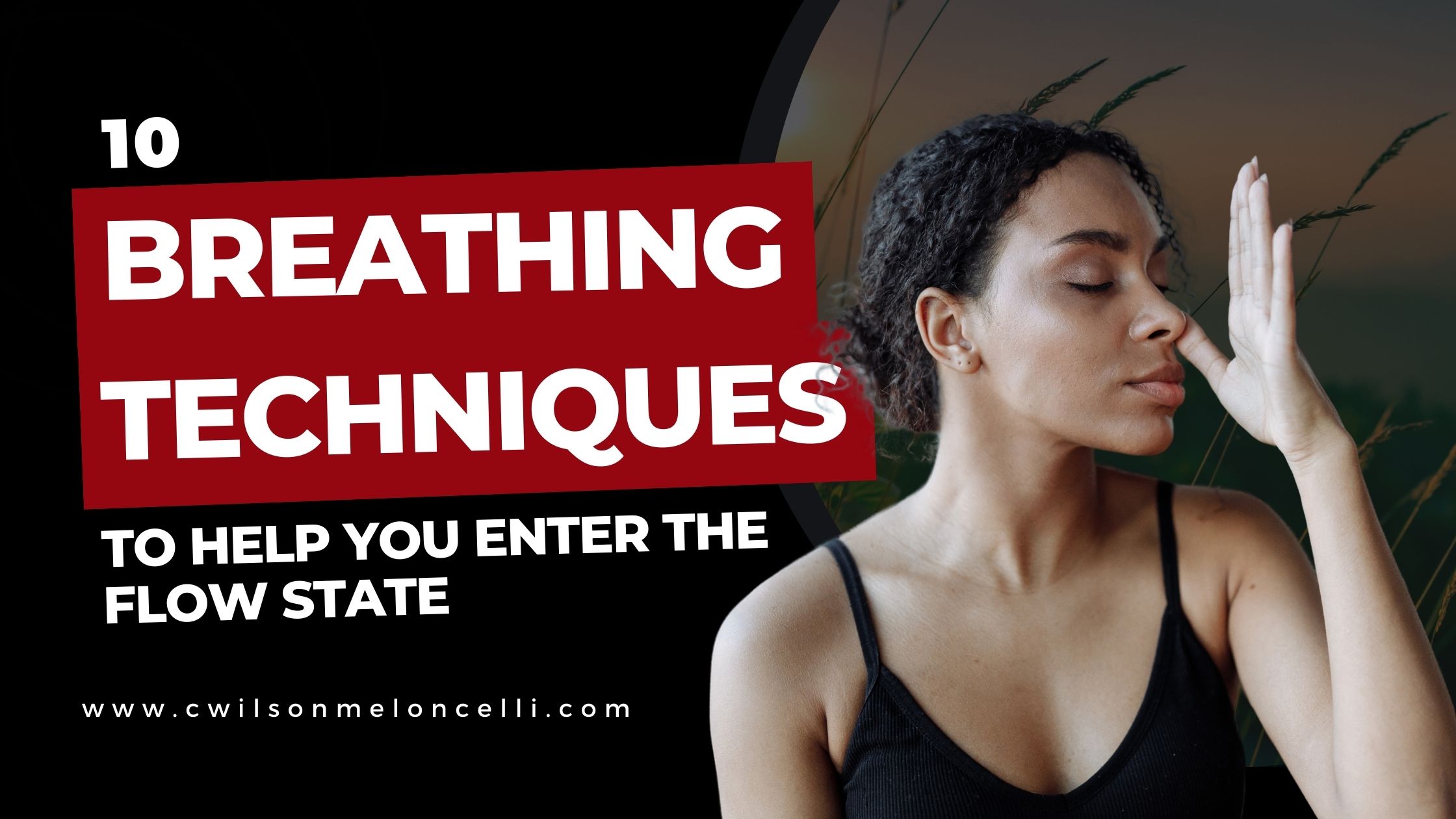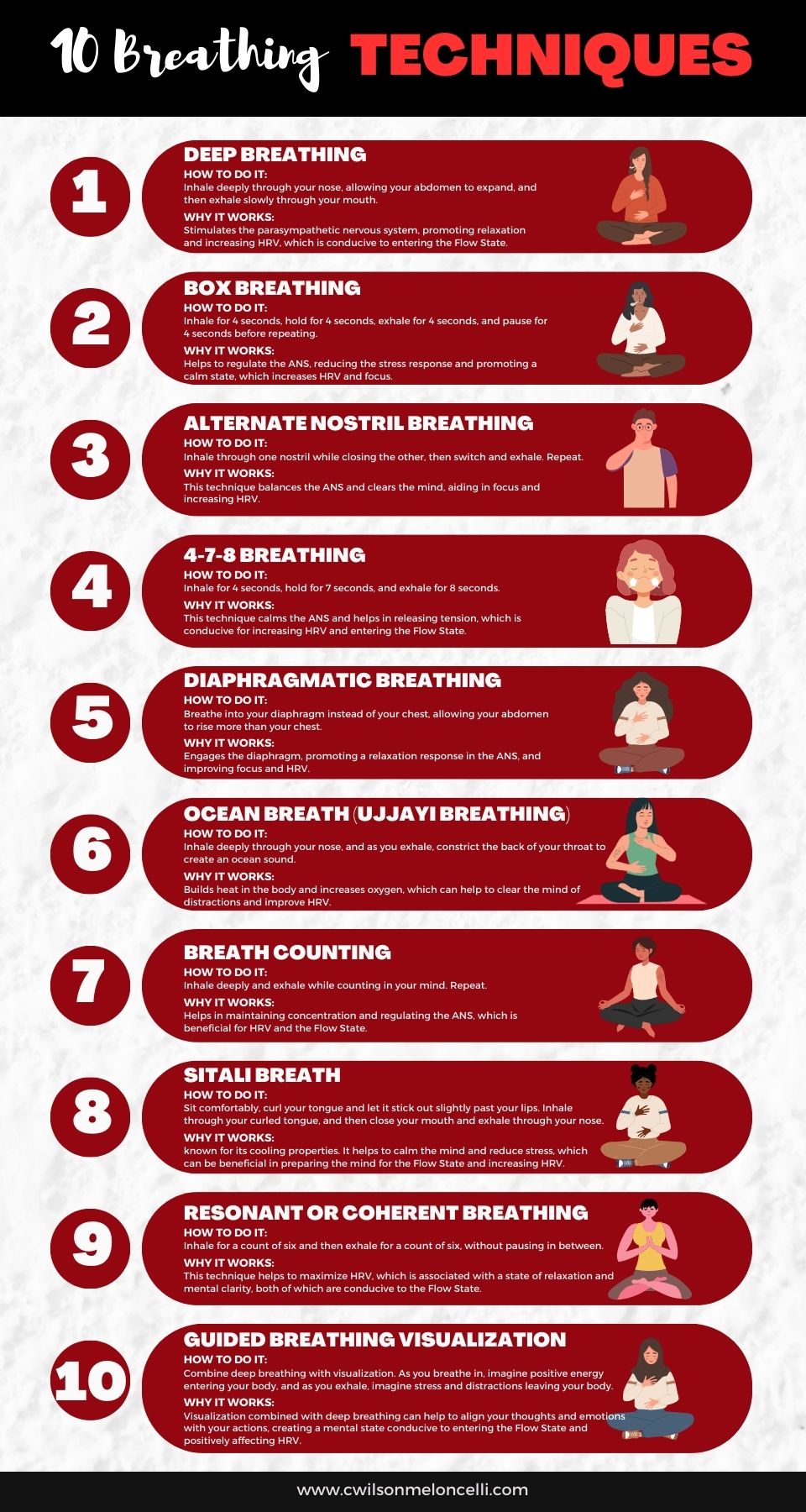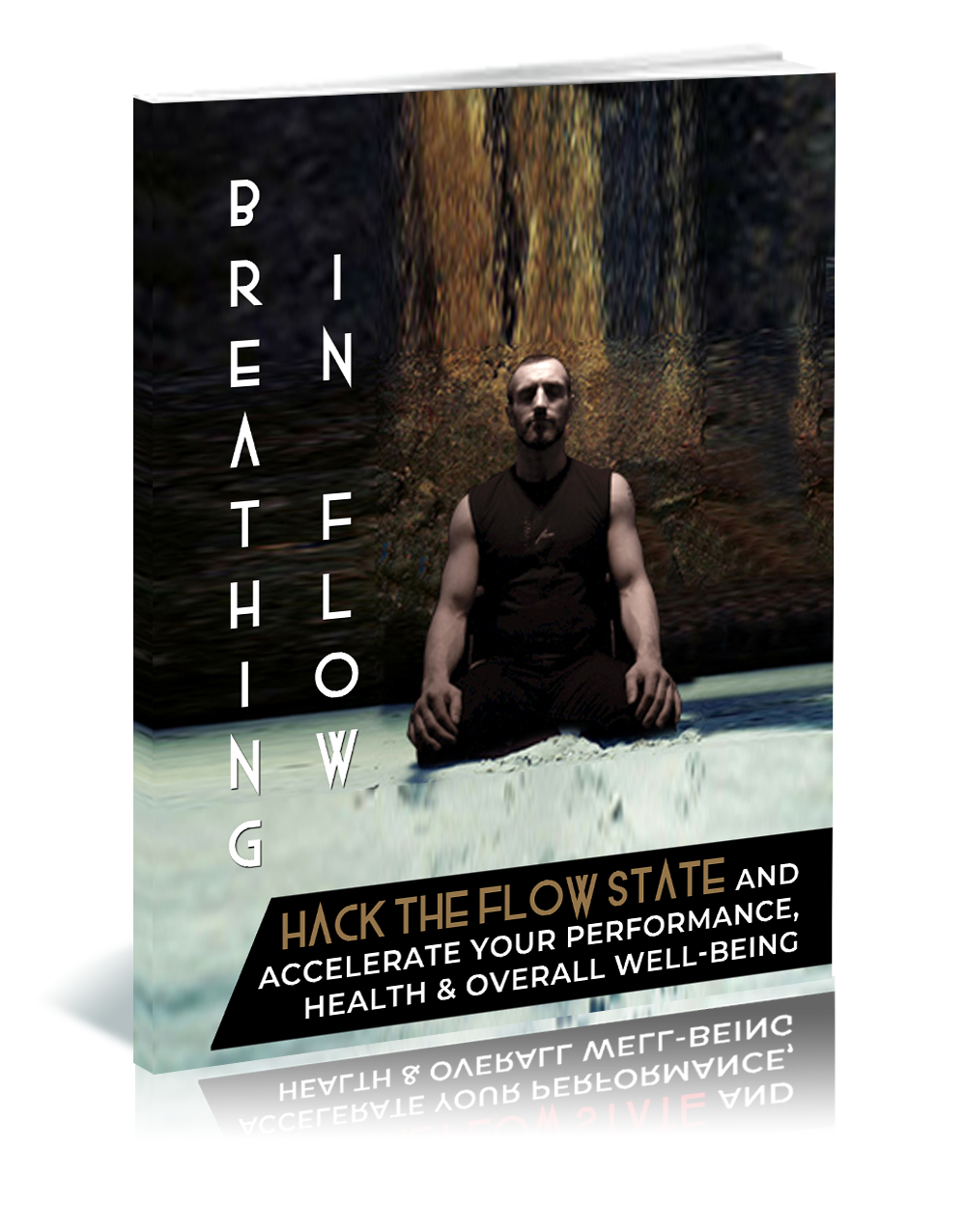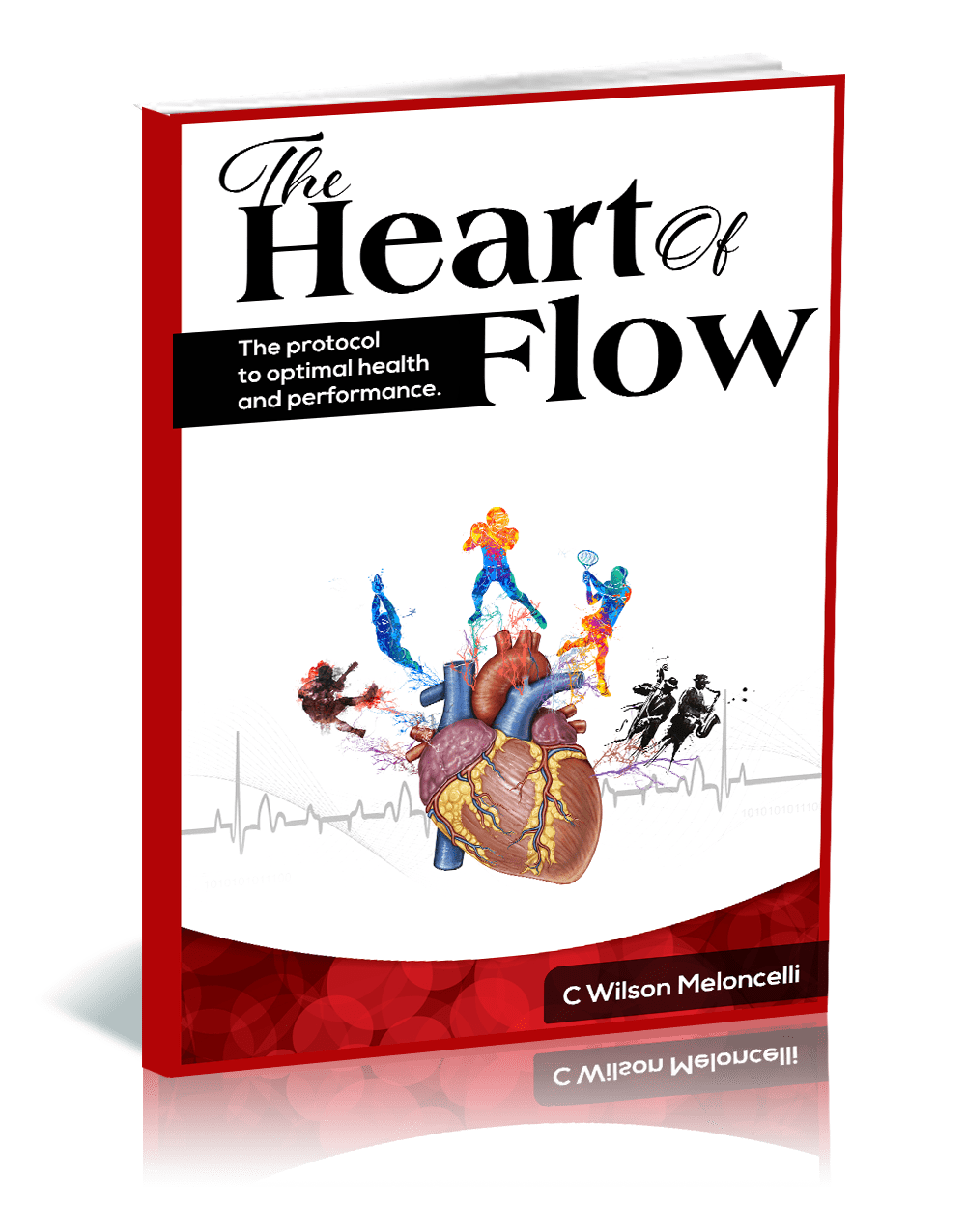
The Flow State, often referred to as being “in the zone,” is a mental state characterized by complete immersion, heightened focus, and optimal performance in an activity. Breathing techniques can be instrumental in achieving this state. This article will explore 10 breathing techniques and explain the connection between Heart Rate Variability (HRV), the Autonomic Nervous System (ANS), and the Flow State.
Understanding HRV and the ANS
Heart Rate Variability (HRV) is the variation in time between each heartbeat. A higher HRV is often associated with a healthy balance between the sympathetic and parasympathetic branches of the Autonomic Nervous System (ANS). The sympathetic branch is responsible for the 'fight or flight' response, while the parasympathetic branch is associated with 'rest and digest.' A balance between these systems is crucial for entering the Flow State. Breathing techniques can influence this balance and, consequently, HRV.
1. Deep Breathing
How to do it: Inhale deeply through your nose, allowing your abdomen to expand, and then exhale slowly through your mouth.
Why it works: Deep breathing stimulates the parasympathetic nervous system, promoting relaxation and increasing HRV, which is conducive to entering the Flow State.
2. Box Breathing
How to do it: Inhale for 4 seconds, hold for 4 seconds, exhale for 4 seconds, and pause for 4 seconds before repeating.
Why it works: Box breathing helps to regulate the ANS, reducing the stress response and promoting a calm state, which increases HRV and focus.
3. Alternate Nostril Breathing
How to do it: Inhale through one nostril while closing the other, then switch and exhale. Repeat.
Why it works: This technique balances the ANS and clears the mind, aiding in focus and increasing HRV.
4. 4-7-8 Breathing
How to do it: Inhale for 4 seconds, hold for 7 seconds, and exhale for 8 seconds.
Why it works: This technique calms the ANS and helps in releasing tension, which is conducive for increasing HRV and entering the Flow State.
5. Diaphragmatic Breathing
How to do it: Breathe into your diaphragm instead of your chest, allowing your abdomen to rise more than your chest.
Why it works: Engages the diaphragm, promoting a relaxation response in the ANS, and improving focus and HRV.
6. Ocean Breath (Ujjayi Breathing)
How to do it: Inhale deeply through your nose, and as you exhale, constrict the back of your throat to create an ocean sound.
Why it works: Builds heat in the body and increases oxygen, which can help to clear the mind of distractions and improve HRV.
7. Breath Counting
How to do it: Inhale deeply and exhale while counting in your mind. Repeat.
Why it works: Helps in maintaining concentration and regulating the ANS, which is beneficial for HRV and the Flow State.
8. Sitali Breath
How to do it: Sit comfortably, curl your tongue and let it stick out slightly past your lips. Inhale through your curled tongue, and then close your mouth and exhale through your nose.
Why it works: Sitali breath is known for its cooling properties. It helps to calm the mind and reduce stress, which can be beneficial in preparing the mind for the Flow State and increasing HRV.
9. Resonant or Coherent Breathing
How to do it: Inhale for a count of six and then exhale for a count of six, without pausing in between.
Why it works: This technique helps to maximize HRV, which is associated with a state of relaxation and mental clarity, both of which are conducive to the Flow State.
10. Guided Breathing Visualization
How to do it: Combine deep breathing with visualization. As you breathe in, imagine positive energy entering your body, and as you exhale, imagine stress and distractions leaving your body.
Why it works: Visualization combined with deep breathing can help to align your thoughts and emotions with your actions, creating a mental state conducive to entering the Flow State and positively affecting HRV.
The Synergy of Breathing, HRV, and the Flow State
Breathing techniques are not just about taking in oxygen; they are a powerful tool for regulating the Autonomic Nervous System. When the ANS is balanced, HRV tends to be higher, indicating a body that is responsive and adaptable. This adaptability is crucial for entering the Flow State, as it allows for the mental flexibility needed to become fully immersed in an activity.
Conclusion
Understanding and harnessing the power of breathing techniques can be transformative. By practicing these 10 breathing techniques, you can influence your ANS and HRV, creating the optimal physiological and psychological conditions for entering the Flow State. This state of heightened focus and immersion is where true creativity and outstanding performance live. Take control of your breath, and unlock the door to your peak potential.
If you haven't already, I encourage you to check out my book, "Breathing in Flow." In this book, we present a streamlined approach that harnesses the power of breath to enhance your ability to access the flow state at will. Moreover, by adopting these techniques, you can also experience notable improvements in your overall health and well-being.










